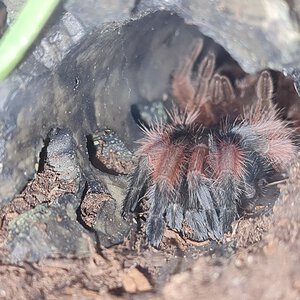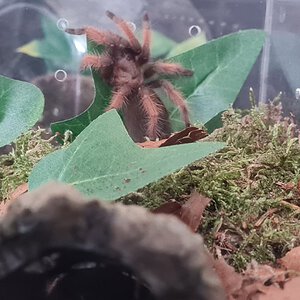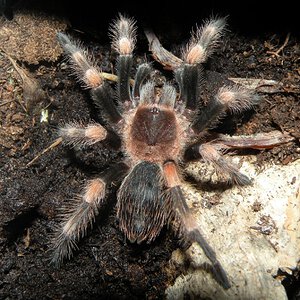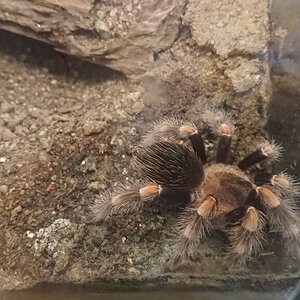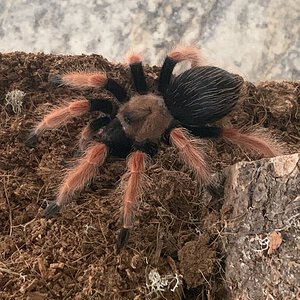Media information
- Category
- Brachypelma
- Added by
- mantisfan101
- Date added
- View count
- 260
- Comment count
- 3
- Rating
- 0.00 star(s) 0 ratings
Image metadata
- Device
- Apple iPhone 8
- Aperture
- ƒ/1.8
- Focal length
- 4.0 mm
- Exposure time
- 1/40
- ISO
- 32
- Flash
- Auto, did not fire
- Filename
- B6AAB2D8-968E-4FE8-B413-DD6FAFFDA981.jpeg
- File size
- 3.9 MB
- Date taken
- Wed, 21 July 2021 3:57 PM
- Dimensions
- 2975px x 3410px

